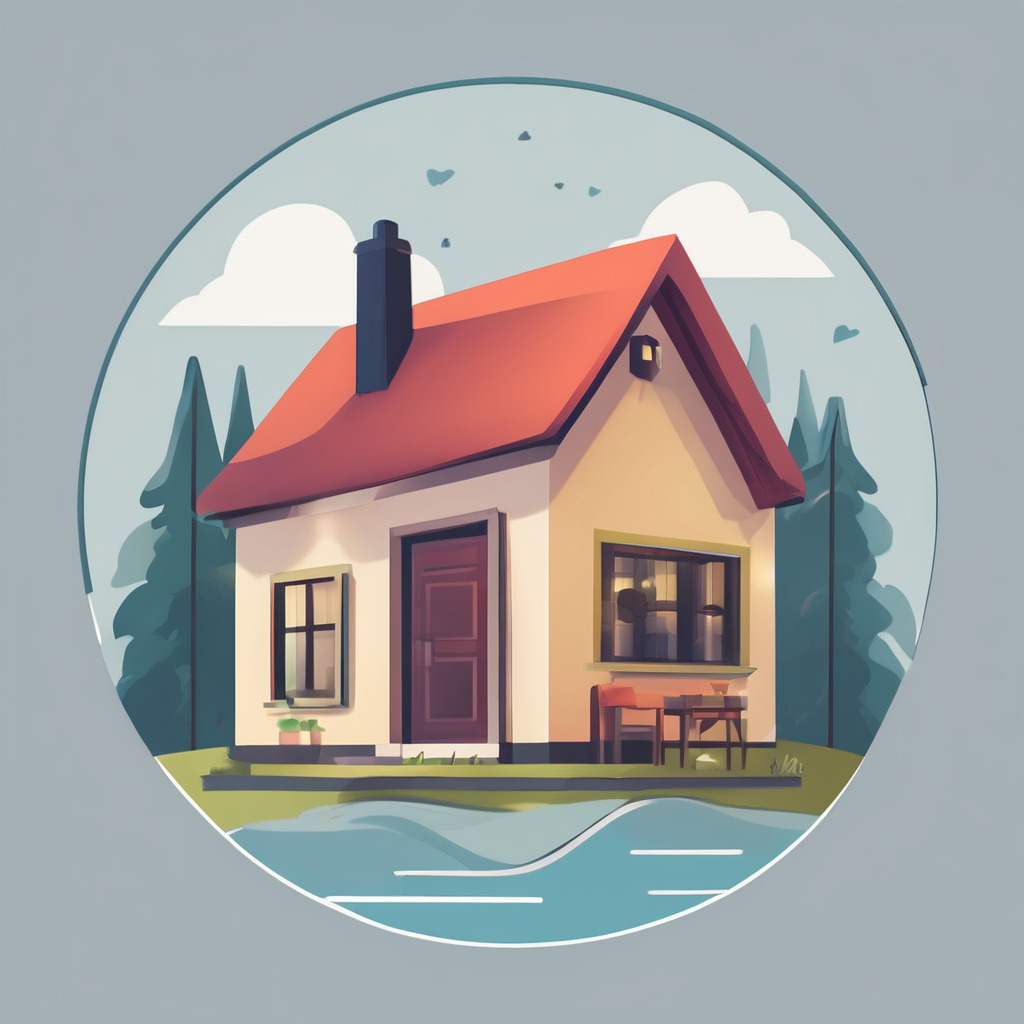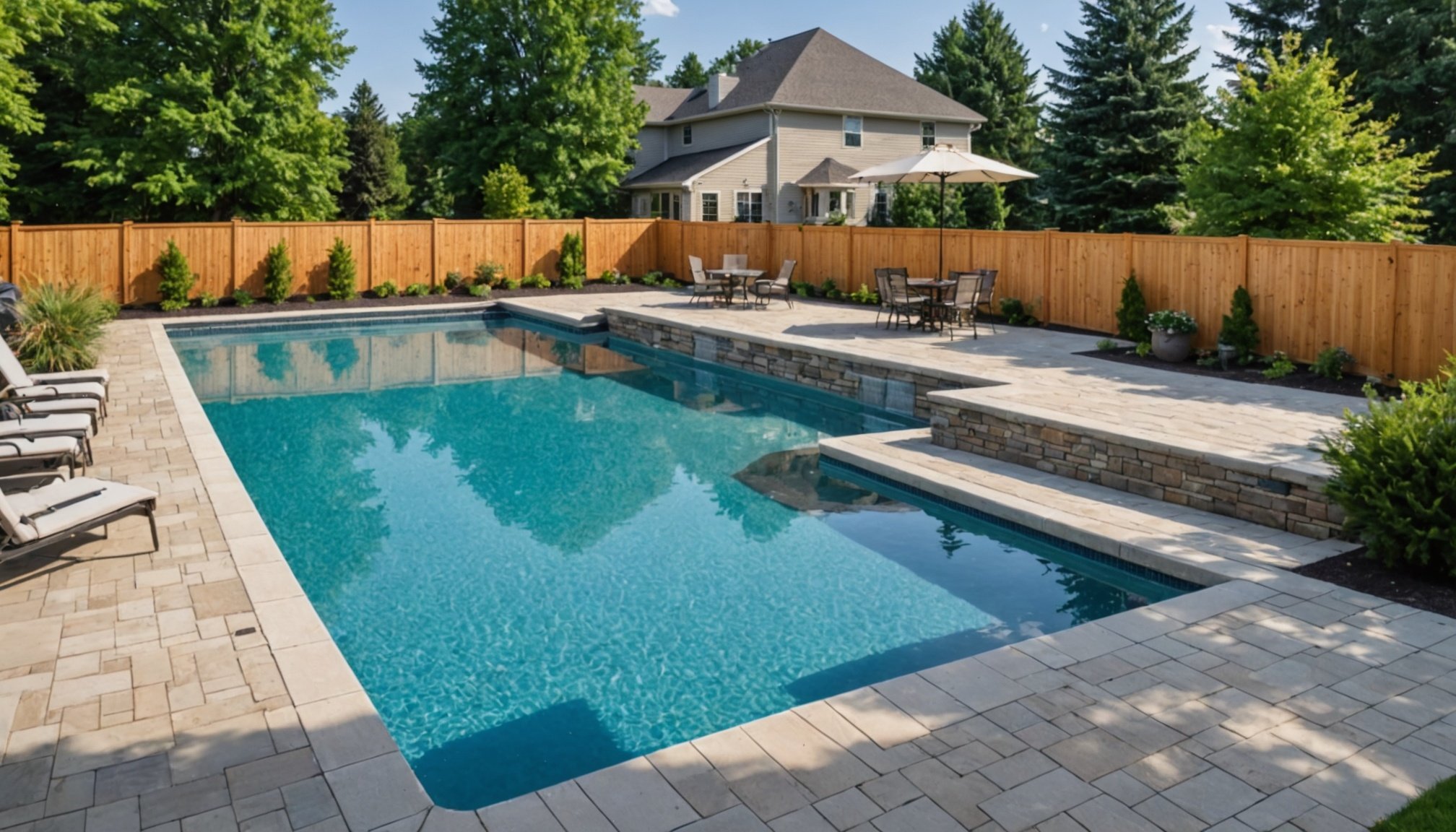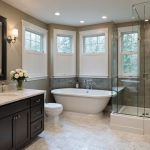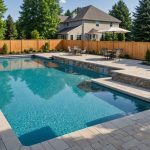Building a home swimming pool is an exciting endeavor that promises endless summer fun, increased property value, and a personal retreat for both relaxation and exercise. However, the process can be quite complex, laden with potential pitfalls that might turn this dream into a costly nightmare. It’s crucial, therefore, to navigate this journey with careful planning and consideration. Understanding the most common mistakes people make can help you steer clear of them, ensuring that your new pool meets both your expectations and your budget.
Failing to Plan Thoroughly
Setting the Foundation
Embarking on a pool construction project without a comprehensive plan is akin to setting sail without a compass. It’s imperative to have a clear vision of what the final outcome should be. Start by asking yourselves, “What functionality do we want our pool to serve? Is it primarily for exercise, relaxation, or family fun?” These questions will help define the type, size, and shape of pool that best fits your needs.
In the same genre : What types of pool accessories can enhance your swimming experience?
Budgeting Wisely
A common mistake many make is underestimating the cost involved. Beyond the initial construction price, there are ongoing expenses such as maintenance, heating, and insurance to consider. Moreover, unforeseen expenses can arise, so it’s wise to set aside a contingency fund of at least 10% of the total budget.
Site Inspection and Regulations
Before breaking ground, conduct a thorough site inspection. Soil conditions, drainage patterns, and local zoning laws can all impact your project. Consulting with a professional can help identify potential issues before they become costly mistakes. Ensure that you comply with all local regulations and obtain the necessary permits to avoid legal challenges down the line.
Also to read : How do you determine the right size and depth for your home swimming pool?
Choosing the Wrong Location
Understanding Sun and Shade
The placement of your pool is essential for maximizing its usability and enjoyment. Placing it in a shaded area might make it too cold for comfort, while excessive exposure to the sun can lead to overheating. Observe your yard’s sun patterns throughout the day to find a balance that provides both sun and shade.
Accessibility and Privacy
Consider how accessible the pool will be from your home. Ensuring easy access can enhance the overall experience and encourage frequent use. Additionally, privacy is a significant factor for many pool owners. Position the pool where it won’t be overlooked by neighbors, or consider adding fencing or landscaping for additional seclusion.
Avoiding Utility Lines
Another critical consideration is the location of underground utility lines. Digging in the wrong place can disrupt electricity, plumbing, or gas lines, leading to expensive repairs and delays. Always have utility lines marked before construction begins.
Overlooking Maintenance Requirements
The Importance of Regular Maintenance
A swimming pool is a long-term commitment that requires regular maintenance to keep it in pristine condition. Many pool owners underestimate the time and effort involved in maintaining water quality, cleaning debris, and servicing equipment. Neglecting these aspects can lead to costly repairs and shorten the lifespan of the pool.
Choosing the Right Materials
Selecting high-quality materials can make maintenance easier and more efficient. For instance, opt for surfaces that resist algae growth and are easy to clean. When it comes to filtration systems, investing in a reliable, energy-efficient model can save you both time and money in the long run.
Professional vs. DIY Maintenance
Consider whether you’ll handle maintenance tasks yourself or hire professionals. While DIY maintenance can save money, it requires a good understanding of pool chemistry and equipment. If you lack the time or expertise, hiring a professional service might be the better option.
Neglecting Safety Measures
Ensuring Family Safety
Safety should be a top priority when designing and using your pool. Failure to implement adequate safety measures can lead to accidents and injuries. Install a sturdy safety fence with a lockable gate to prevent unsupervised access, especially by young children.
Installing Safety Features
Consider incorporating additional safety features such as an alarm system that alerts you when someone enters the water unexpectedly. Non-slip surfaces around the pool can help prevent falls, while clear, effective signage can remind users of safety rules.
Understanding Liability and Insurance
Owning a pool increases your liability, so ensure your insurance policy provides adequate coverage for accidents. Discuss with your insurer about any additional safety features that may qualify you for discounted rates. Keep your policy updated to reflect any changes in safety measures or pool usage.
Building a home swimming pool can be a rewarding experience, but it’s a project that demands careful thought and planning. By avoiding these common mistakes, you not only safeguard your investment but also enhance the enjoyment and functionality of your backyard oasis. With attention to detail, strategic planning, and a commitment to ongoing maintenance, your pool can become a cherished centerpiece of your home for many years to come.











